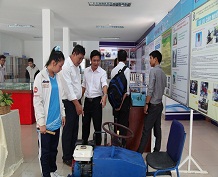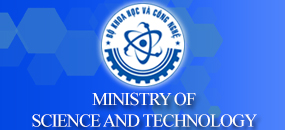
The chemical industry has only
scratched the surface of possible molecules that could be used as drugs, which
is unimaginably greater than the number of stars in the universe. To make
navigating this vast chemical space more manageable, researchers are using new
computational tools that make the process cheaper and more efficient, according
to a cover story in Chemical & Engineering News.
Drug researchers have traditionally relied on high-throughput screening, in which small arrays of compounds are tested against a target, writes Senior Editor Laura Howes. This method depends on finding more molecules to test, and it can be time-consuming and costly. To address the need for more molecules, companies are growing their physical and virtual libraries of compounds. Companies with large virtual compound catalogs keep smaller molecule fragments on hand that can be used as building blocks for larger molecules. When a customer orders a compound from these libraries, the supplier assembles it on-demand from the building blocks, based on chemical and experimental data.
With the help of increased computing power and the immense effort chemists have done to encode chemistry in computers, researchers have been leveraging computational technology, using algorithms as well as newer technologies, such as artificial intelligence and machine learning. Optimizing screens with computational power and combining screening technologies allows researchers to be more strategic, narrowing the vast possibilities of compounds to test. While a drug found using these methods is yet to exist on the market, experts say this field is poised for growth based on the amount of time and money the industry is investing into these efforts.

 Previous page
Previous page Back to top
Back to top







